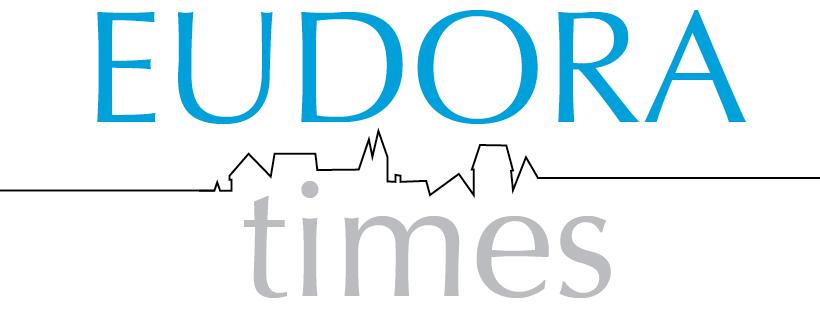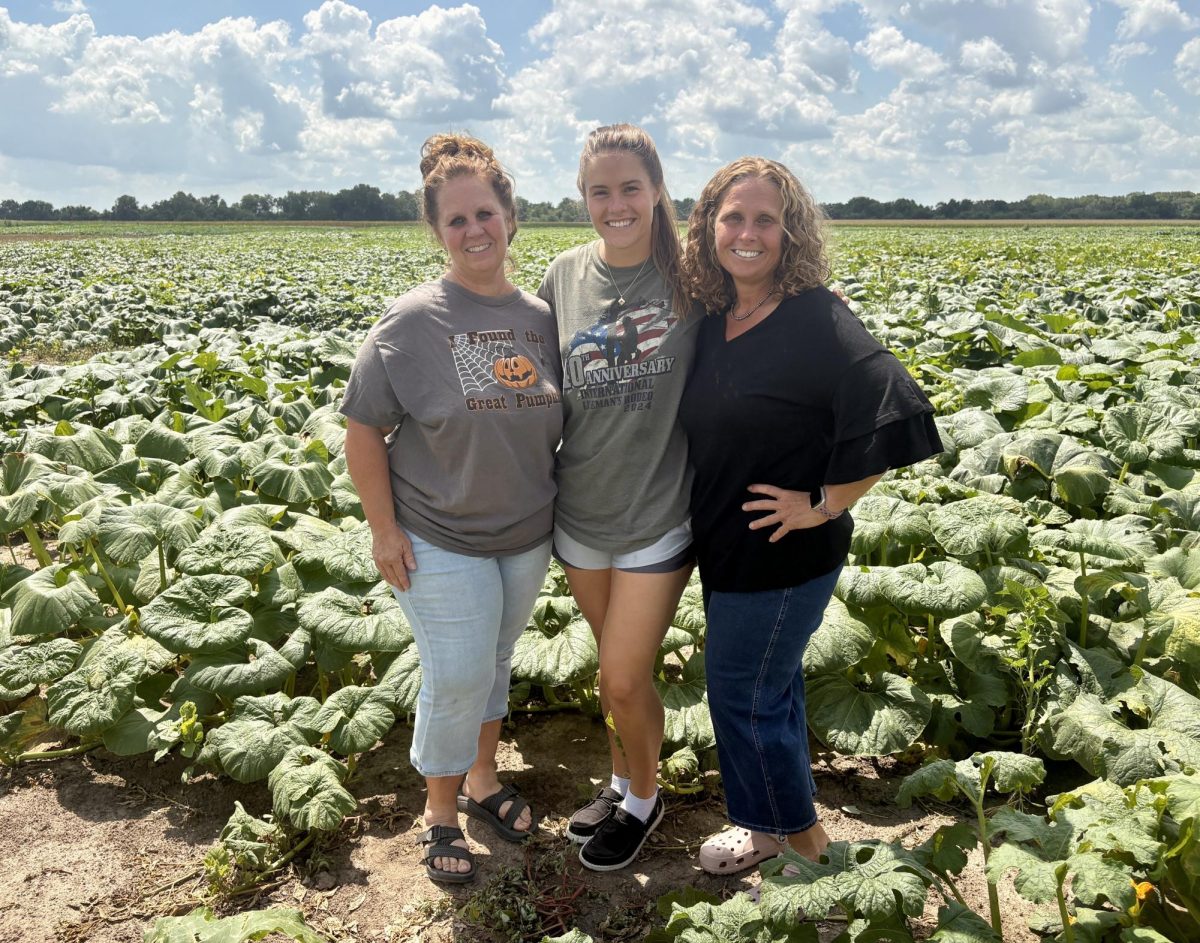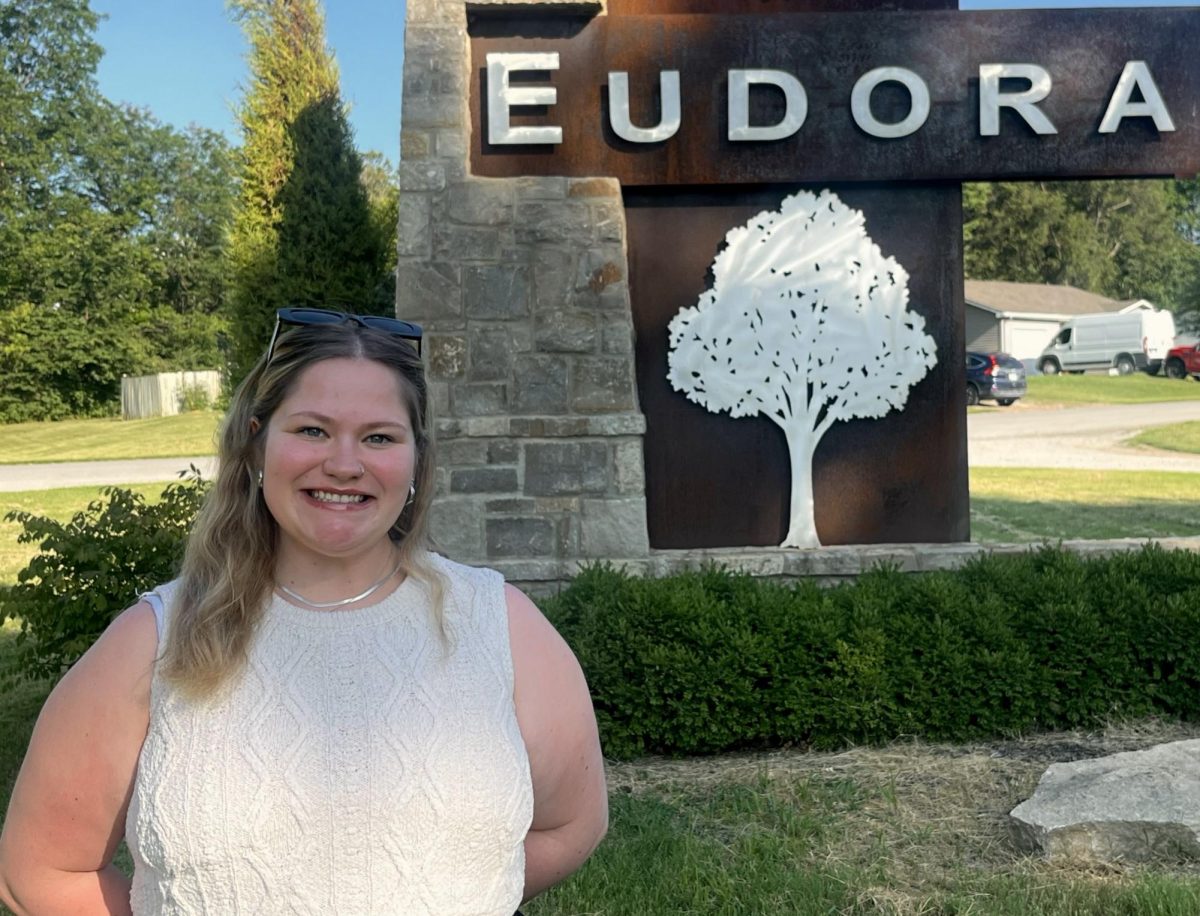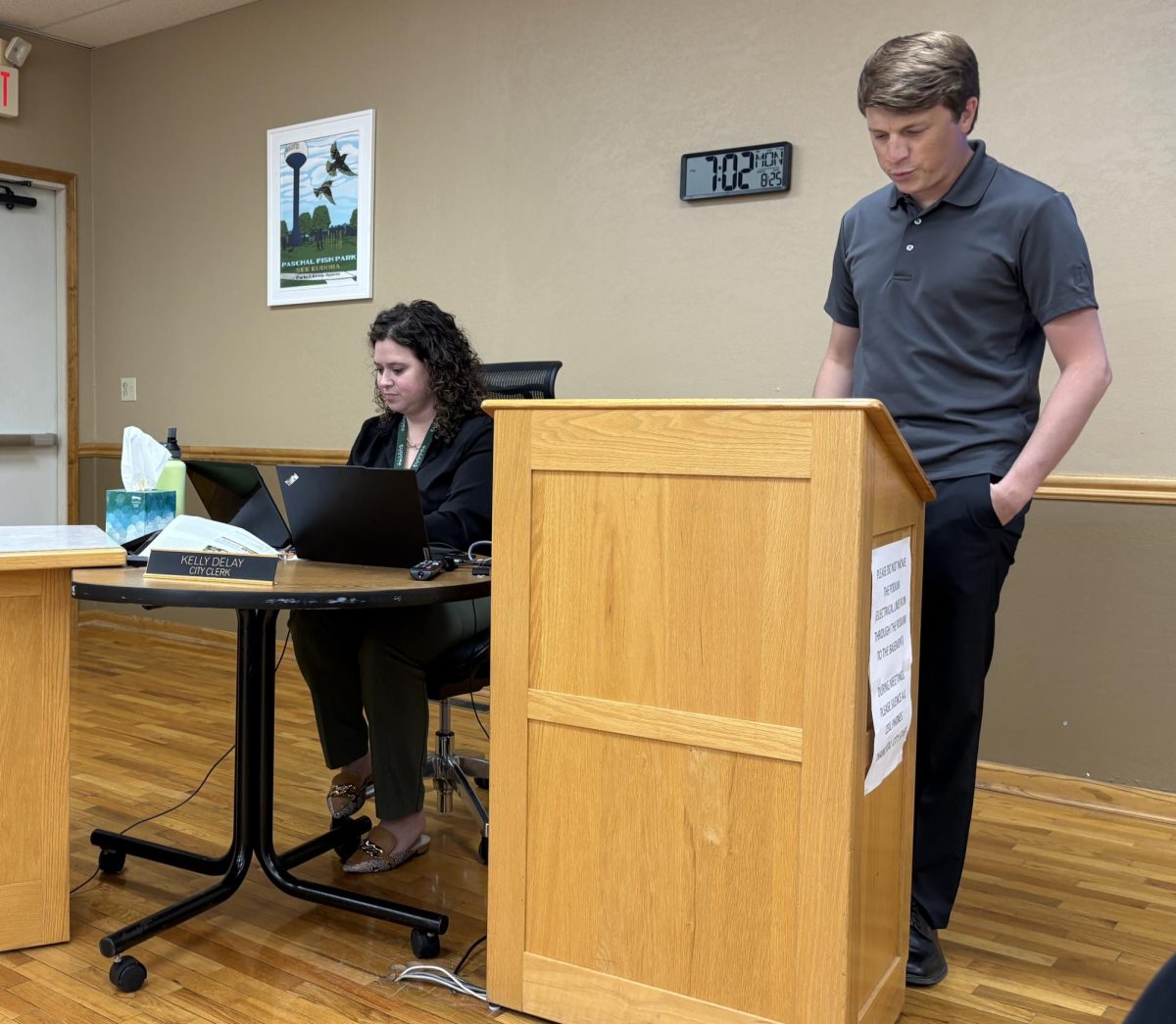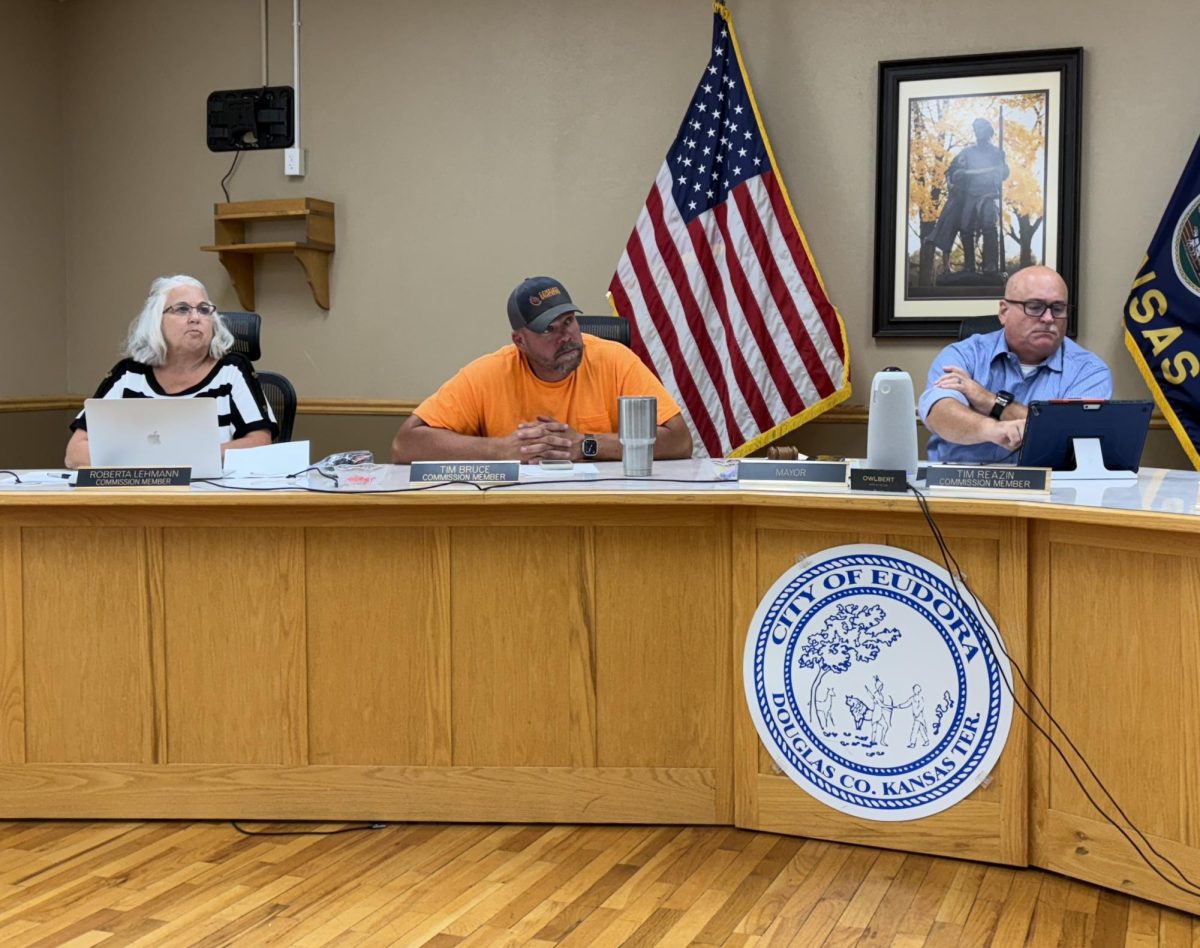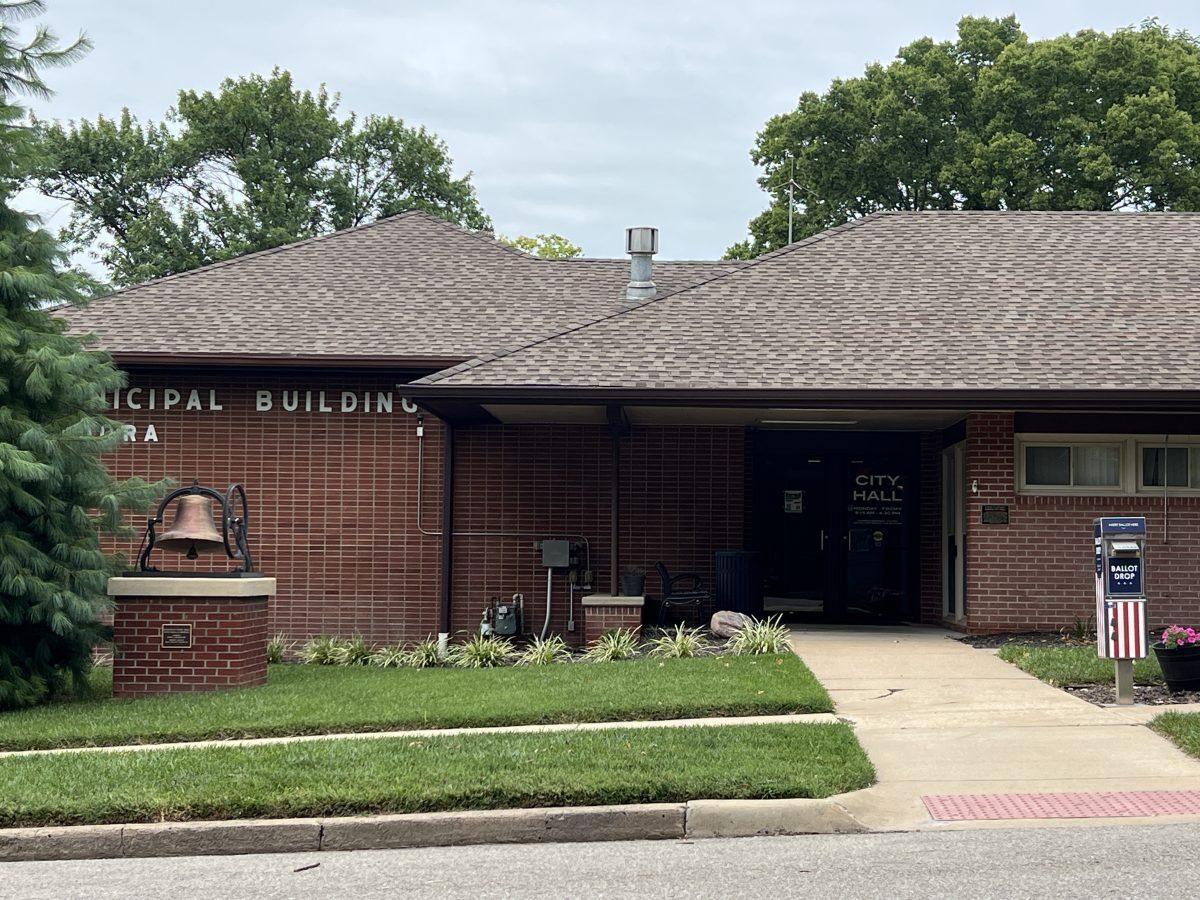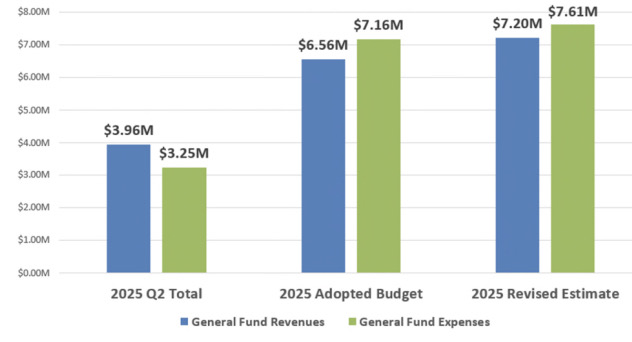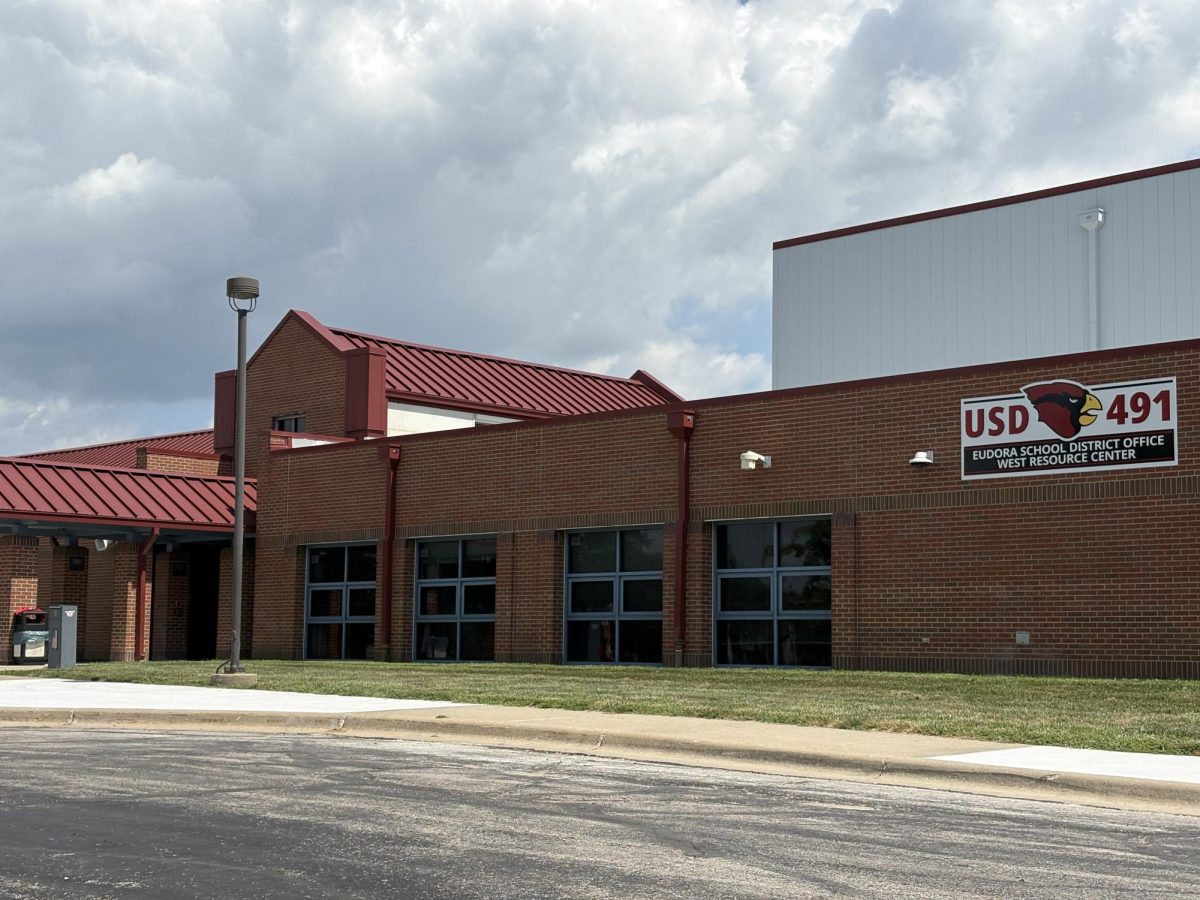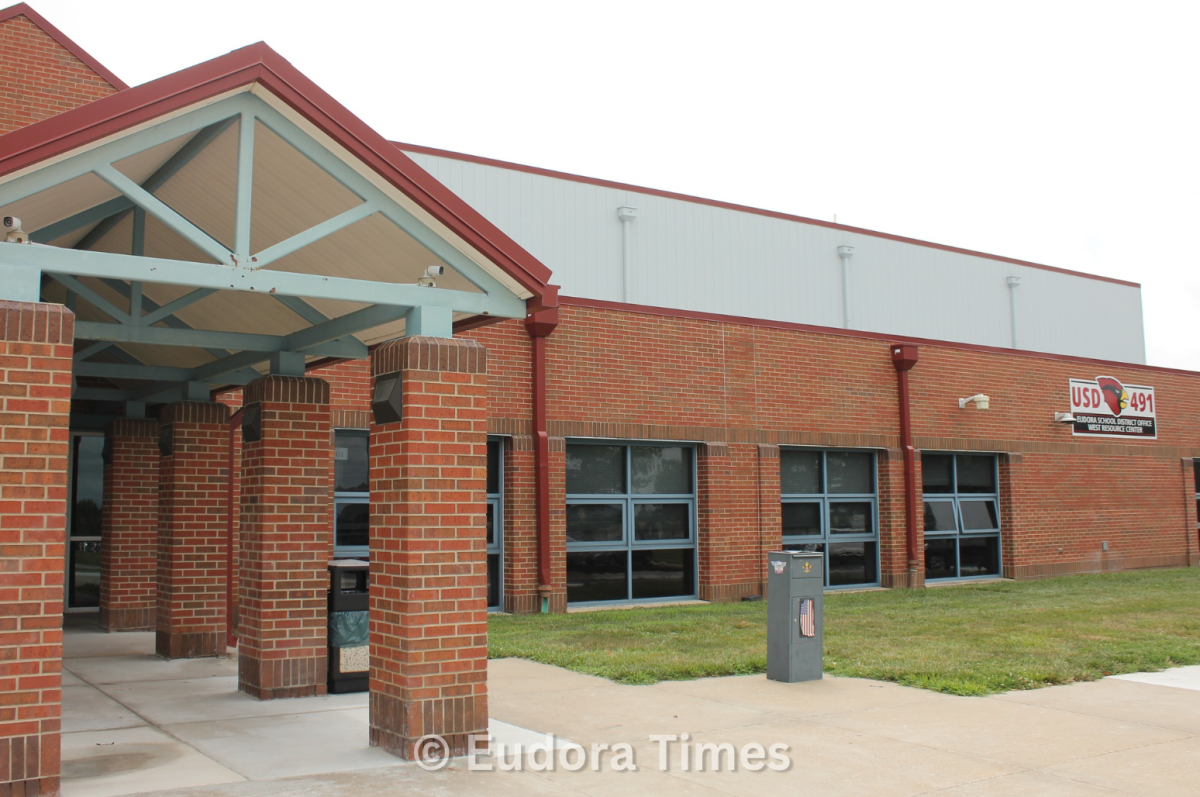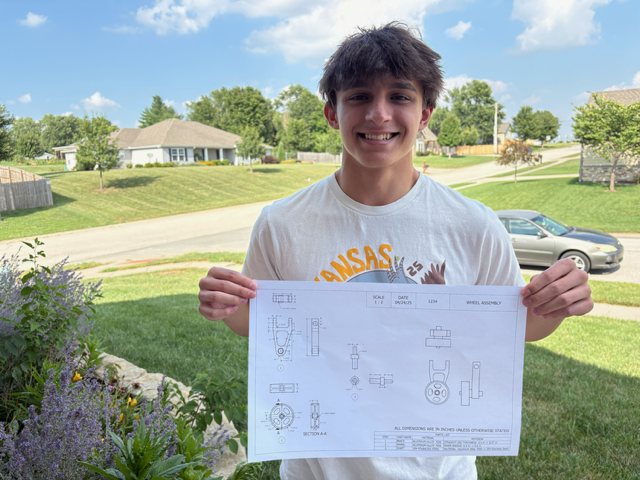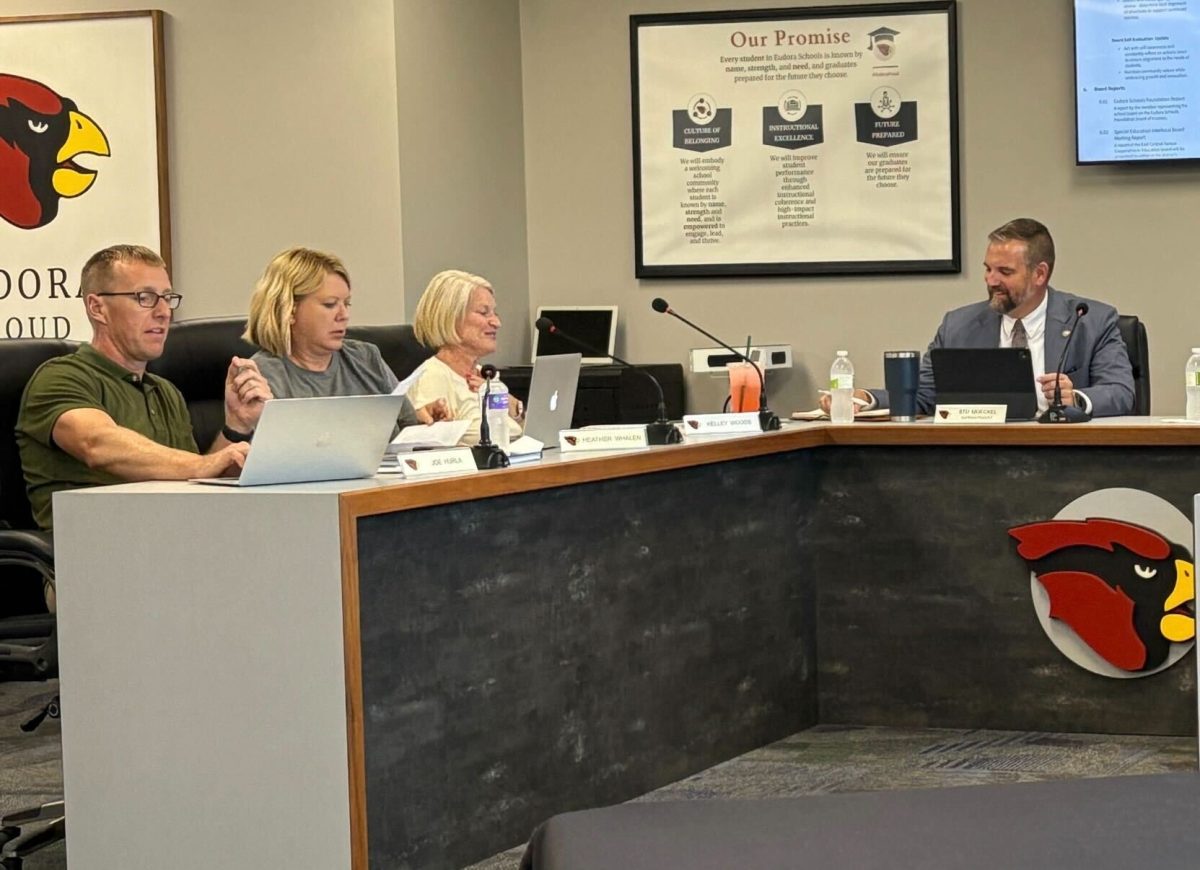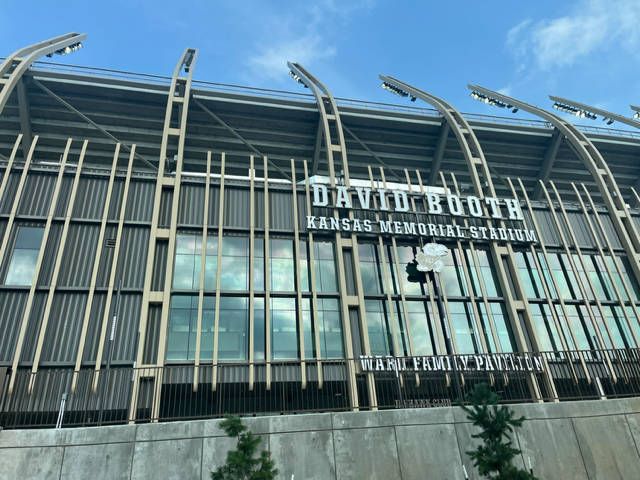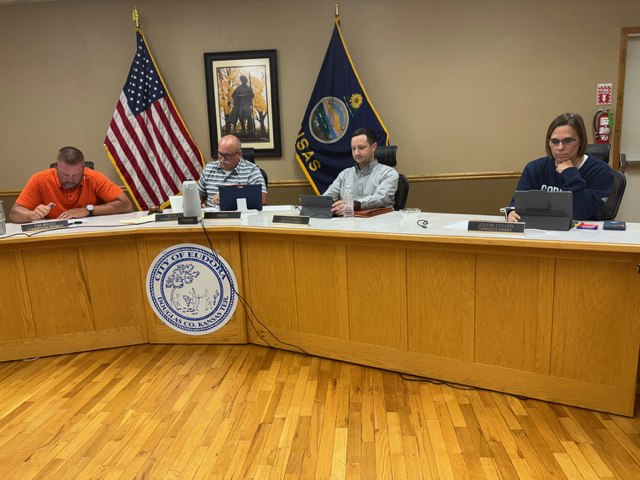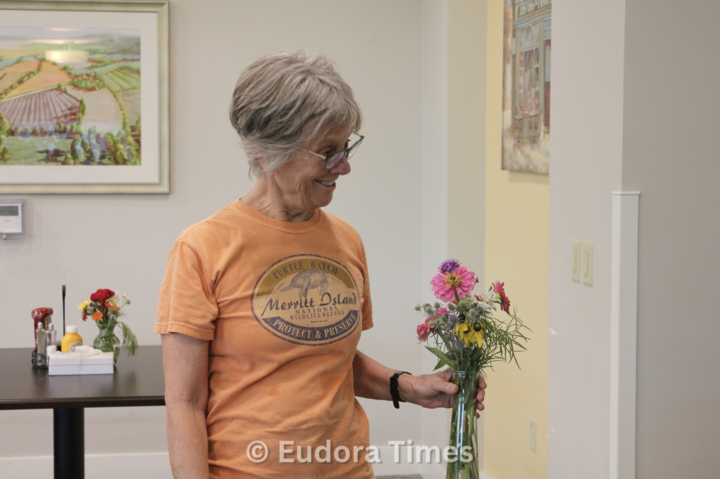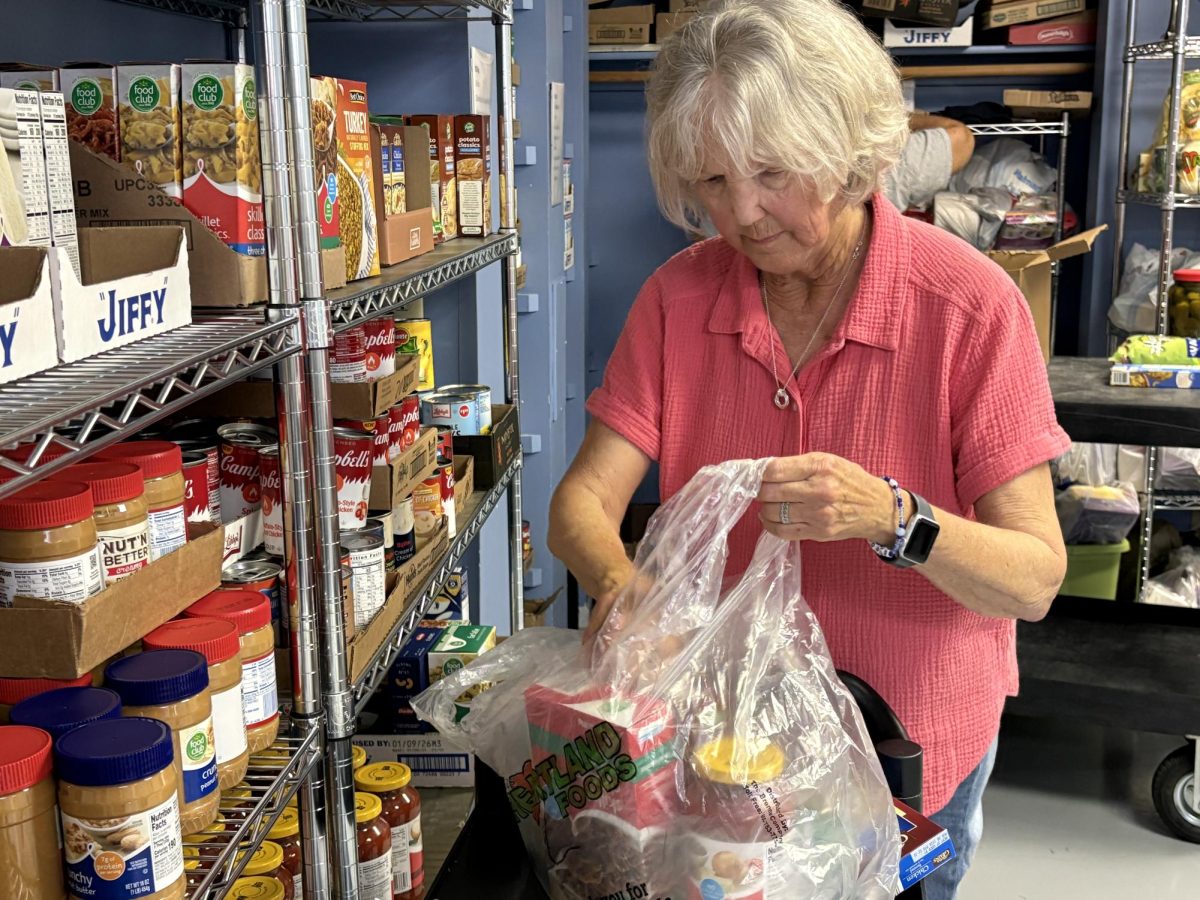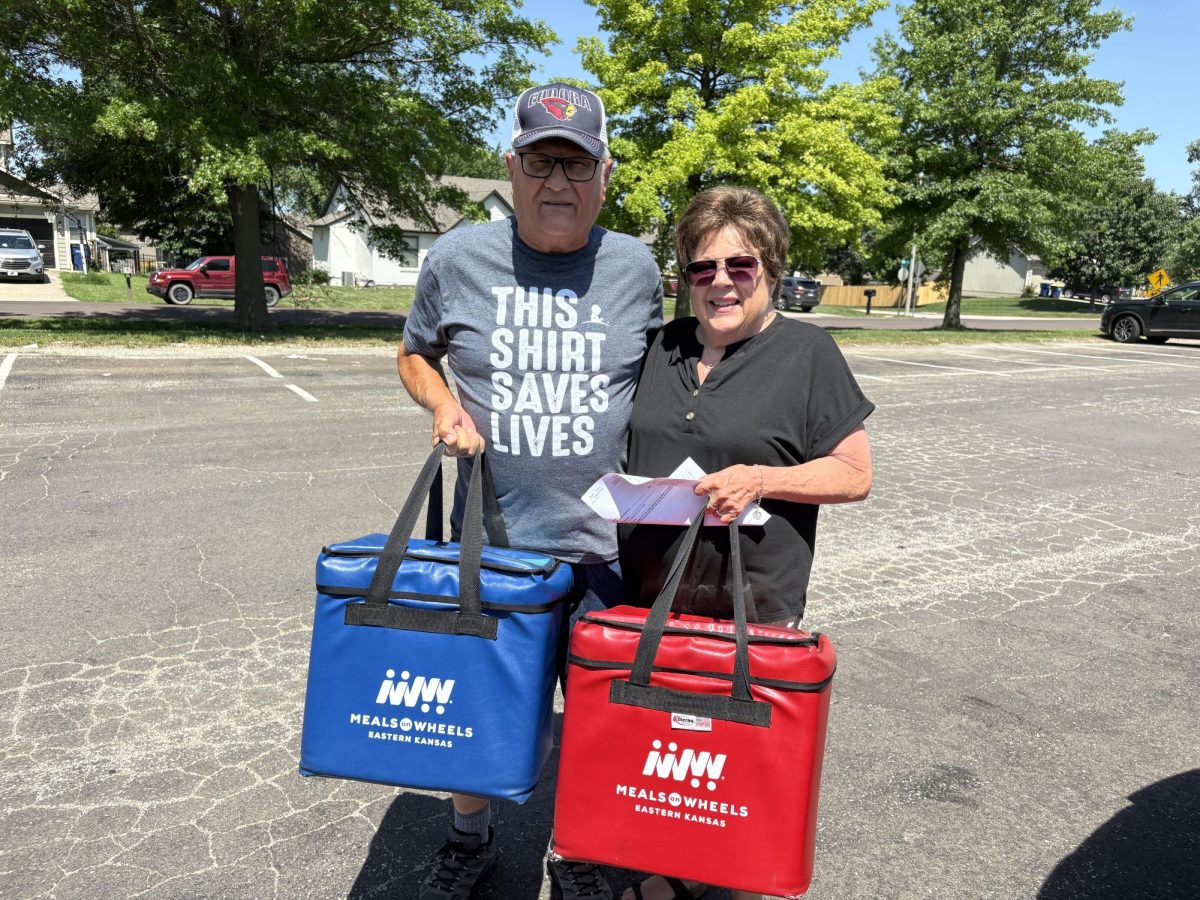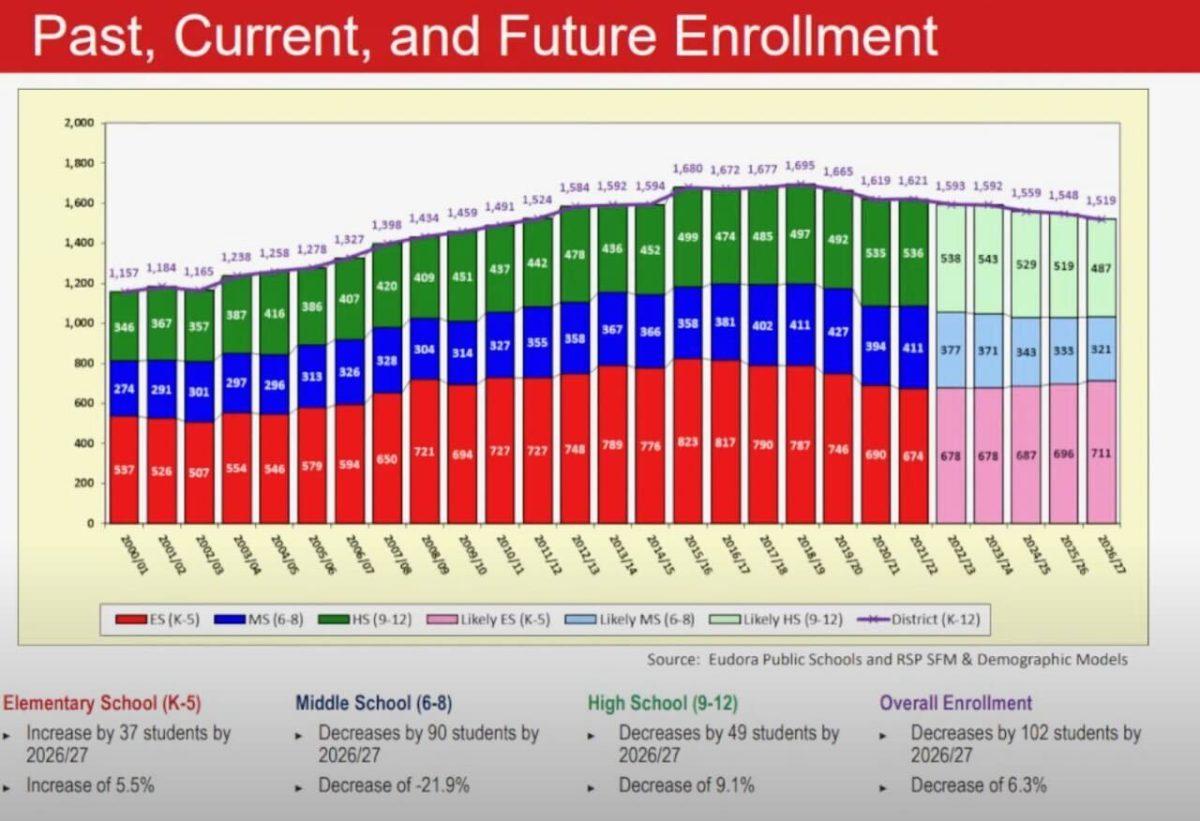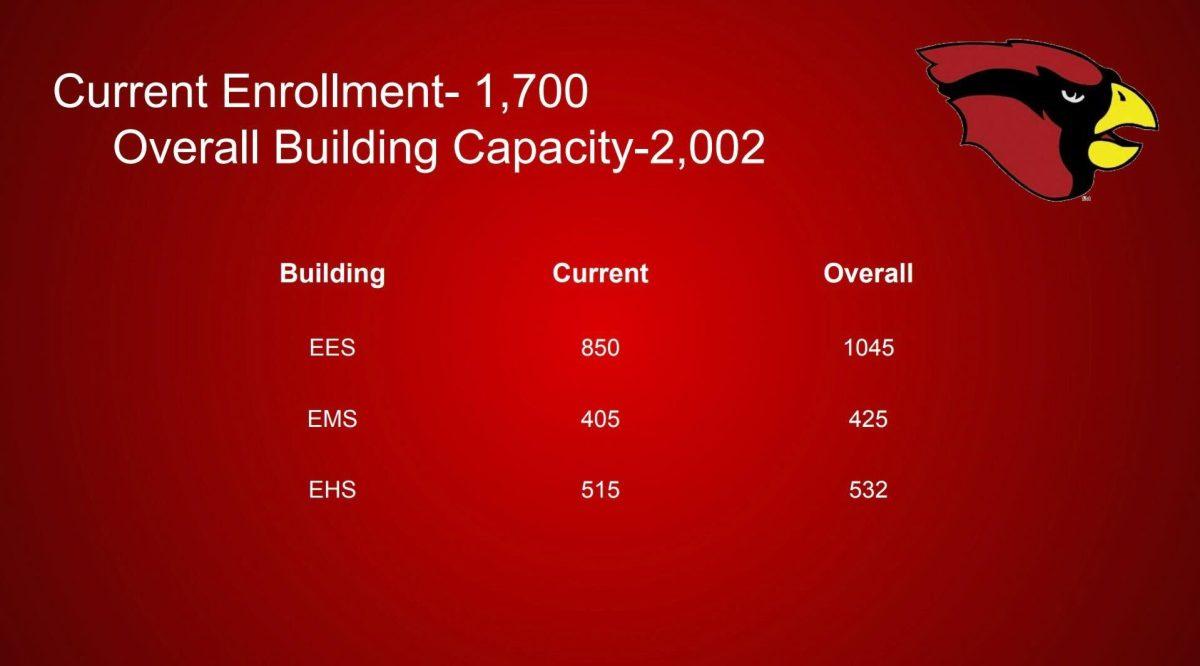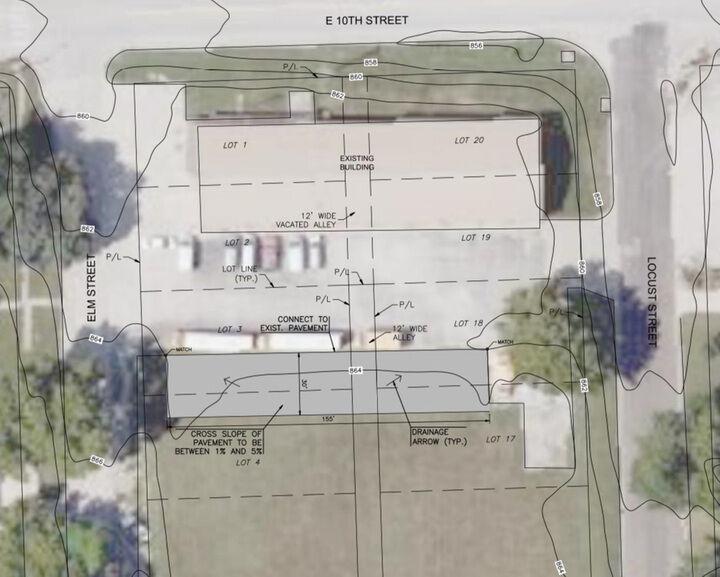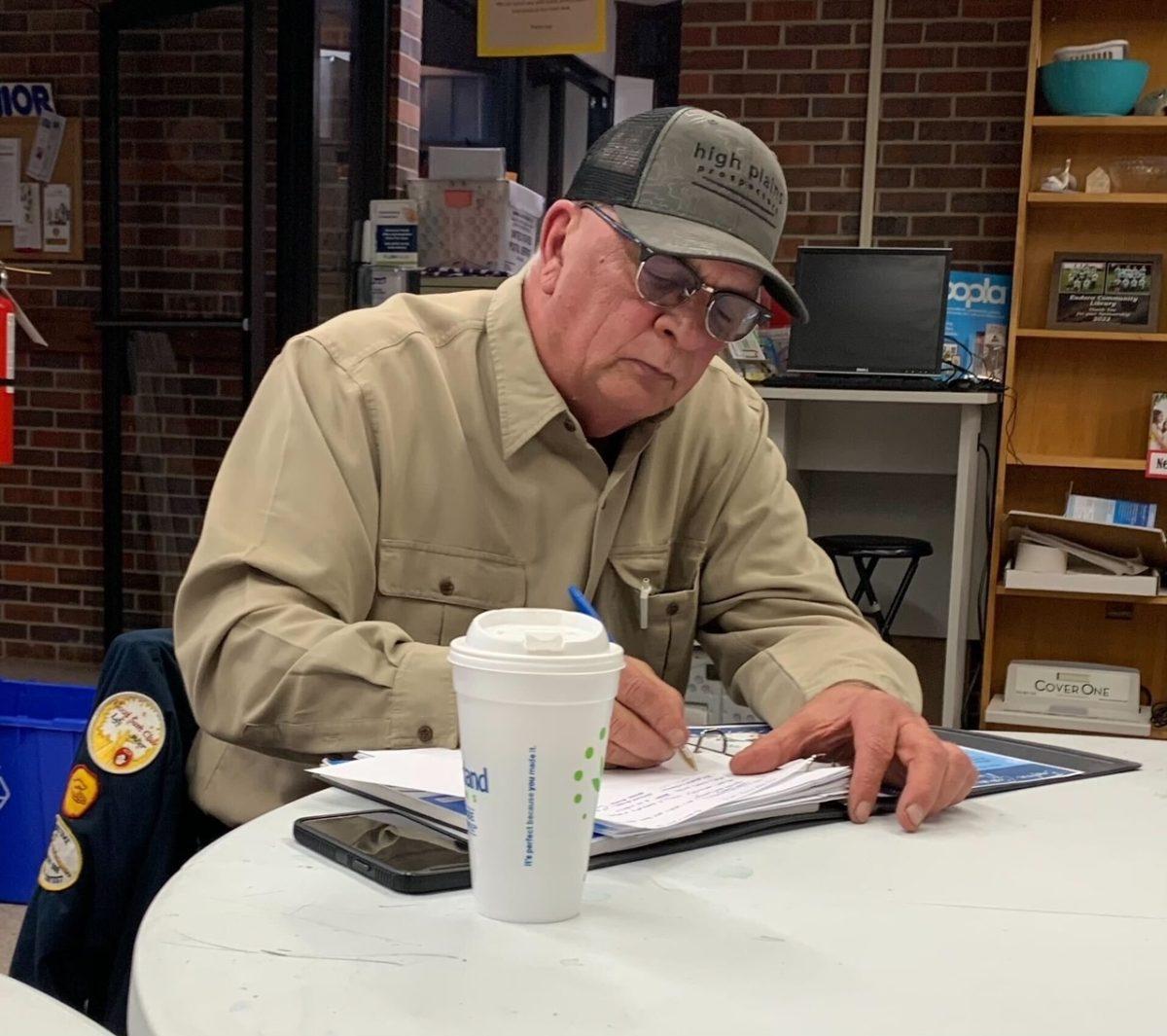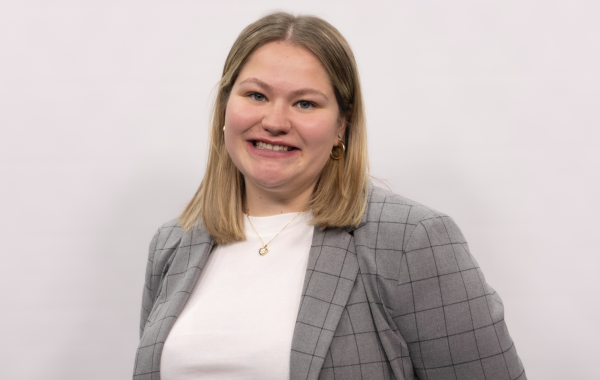This is the fourth story in a weeklong series examining the pending arrival of Panasonic. We also created a printed newspaper special section that is on sale now. Watch our Facebook page for where and when we will have copies available.
Just last year, projections showed a downward trend in the number of students in Eudora schools. But since news broke that a Panasonic battery plant would bring thousands of jobs to the area, the school district instead has begun preparing for more students over the next decade.
How many more is still unknown. But with an influx of construction and factory workers likely, Superintendent Stu Moeckel says now is the time to plan.
“A storm is in the distance, and so we’re doing anything we can to prepare for it. We don’t know if that storm is going to be a tsunami or a couple sprinkles,” Moeckel said. “All indications would say it’s getting a pretty good storm shower.”
The number of new students will depend on how much new housing comes to Eudora as a result of the Panasonic plant.
Construction on the battery factory began in November, and there are no projections yet for how many families might eventually move to Eudora. To help the district adapt and be flexible, Moeckel initiated a process in which the School Board will study long-term needs while a citizens’ committee prioritizes immediate needs.
Learning from others
Moeckel has sought tips from other communities that have seen sudden growth.
One in Kansas is the Spring Hill school district, just south of Olathe, whose student population doubled in about 15 years. New housing starts played a large role in the town’s growth, said Superintendent Link Luttrell, who came to the district about a year ago.
Demographers helped Spring Hill estimate how much student enrollment would increase so it could plan for growth.
Luttrell said the key is to get ahead of the curve early and build schools that leave room for growth. Once you get behind, it can be hard to catch up on new construction projects, he said.
Luttrell also stressed the importance of communicating regularly with the community and getting its input.
Moeckel also has consulted school officials in Reno, Nevada. The town grew substantially after a Panasonic plant and Tesla factory opened nearby in 2016.
Reno and Eudora are apples and oranges, Moeckel said, but there are still things to learn from Nevada.
Recounting his conversation with Reno officials, Moeckel said their school enrollment growth was not immediate. Many workers coming to the area were single or had few children. Moeckel also was advised to buy land early for school expansion to get a good price and before all the best locations are gone.
Deciding what’s right for Eudora
To gather community input, a citizens’ committee of more than 25people of all ages is meeting each week through December. Its first meeting was Nov. 9. The public is welcome to attend.
The committee will make recommendations on capital improvements ranging from infrastructure upgrades to safety and security concerns to general needs for more space. Moeckel said the final say will still come from the School Board.
Meanwhile, Moeckel is helping the board consider how the district should grow over the long term depending on different growth scenarios. What may start as 20 to 40 more kids could eventually lead to a doubling in student population, he said.
Early next year, the board will choose what immediate needs make sense and also would fit a long-term growth plan. The board then would decide whether to ask voters to approve a bond issue to raise money for capital improvements.
At the Nov. 10 School Board meeting, Moeckel mentioned borrowing as much as $40 million by May. The district anticipates that amount could be borrowed without an increase in the mill levy, which affects property tax bills.
The district now has about 1,700 students. Its buildings have a capacity for 2,002, though most of the extra room is in the elementary school. The middle and high schools are edging closer to capacity. At the Nov. 10 board meeting, Moeckel said all the schools sit on enough land to expand if necessary.
But he mentioned other possibilities to meet future growth, such as changing the grades grouped in each building, adding a freshmen wing to the high school or starting an early childhood center that would include kindergarten.
Change on the horizon
Moeckel said he knows change can bring challenges, and he hopes people can have meaningful conversations.
“Ultimately, we’re trying to continue the long-term growth while keeping small-town values and focus,” Moeckel said. “That’s really the key for us. There’s a reason people love Eudora.”
Luttrell of Spring Hill advised Eudora residents to think about what they want the district to look like in10 years. Property tax increases to fund school expansion were a concern for many, Luttrell said, but sometimes there may be no way around it.
“You got to look at it like an investment,” Luttrell said. “You’re planting trees for shade that other people are going to enjoy, but you’re never going to enjoy yourself.”
Kelly Long, a Eudora alumna and parent, got involved with the citizens’ committee to make sure the planning process keeps in mind why many people choose to raise their families in Eudora.
“As we see this growth coming towards us, how do we maintain the charm of Eudora?” Long said. “My biggest thing goes back to safety and classroom sizes because so many of us came here because we wanted a small community for our kids to grow up in.”
Reach reporter Sara Maloney at [email protected].
This graphic shows the current and overall capacities for the schools. The current enrollment is 1,700 and the overall capacity is 2,002.
